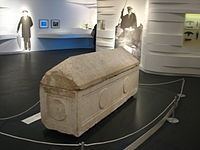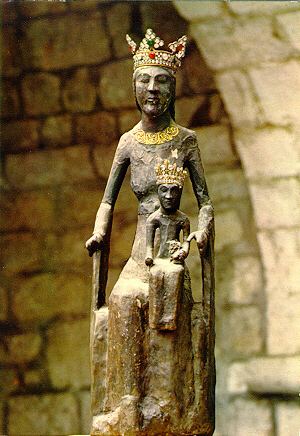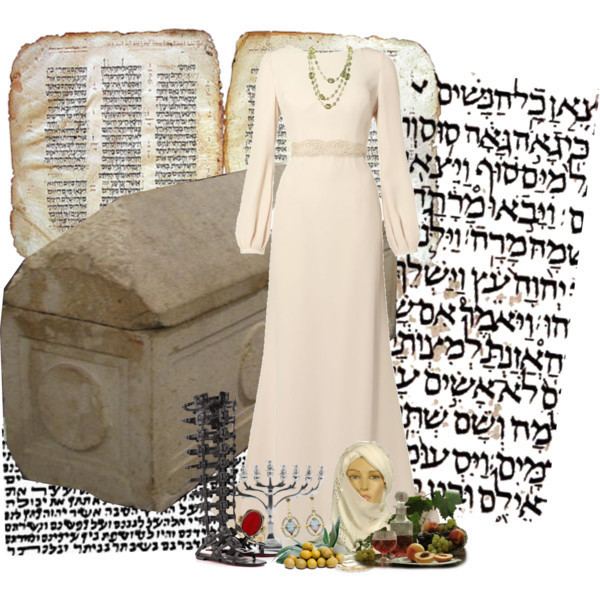Name Helena Adiabene | Died Adiabene | |
 | ||
Children Izates bar Monobaz, Monobaz II People also search for Izates bar Monobaz, Monobaz II, Monobaz I | ||
Helena of Adiabene (Hebrew: הלני המלכה) (d. ca. 50-56 CE) was an Assyrian queen of Adiabene and Edessa, and the wife of Monobaz I, her brother, and Abgarus V. With her husband, Monobaz I, she was the mother of Izates II and Monobaz II. Helena became a convert to Judaism about the year 30 CE. The names of some of her family members and the fact that she was married to her brother indicate an Iranian, Zoroastrian or Magian origin. According to Josephus, Helena was the daughter of King Izates, and according to both Josephus and Moses of Chorene, she was the chief wife of Abgar V king of Edessa.
Contents

Biography

Helena of Adiabene was noted for her generosity; during a famine at Jerusalem in 45-46 CE she sent to Alexandria for corn (grain) and to Cyprus for dried figs for distribution among the sufferers from the famine. In the Talmud, however (Bava Batra 11a), this is laid to the credit of Monobaz I; and though Brüll regards the reference to Monobaz as indicating the dynasty, still Rashi maintains the simpler explanation—that Monobaz himself is meant. The Talmud speaks also of important presents which the queen gave to the Temple at Jerusalem. "Helena had a golden candlestick made over the door of the Temple," to which statement is added that when the sun rose its rays were reflected from the candlestick and everybody knew that it was the time for reading the Shema'. She also made a golden plate on which was written the passage of the Pentateuch which the priest read when a wife suspected of infidelity was brought before him. In the Jerusalem Talmud, tractate Yoma iii. 8 the candlestick and the plate are confused.

The strictness with which she observed the Jewish law is instanced in the Talmud: "Her son [Izates] having gone to war, Helena made a vow that if he should return safe, she would become a Nazirite for the space of seven years. She fulfilled her vow, and at the end of seven years went to Judah. The Hillelites told her that she must observe her vow anew, and she therefore lived as a Nazirite for seven more years. At the end of the second seven years she became ritually impure, and she had to repeat her Naziriteship, thus being a Nazarite for twenty-one years. Judah bar Ilai, however, said she was a Nazirite for fourteen years only." "Rabbi Judah said: 'The sukkah [erected for the Feast of Tabernacles] of Queen Helena in Lydda was higher than twenty ells. The rabbis used to go in and out and make no remark about it'." Helena moved to Jerusalem, where she is buried in the pyramidal tomb which she had constructed during her lifetime, three stadia north of Jerusalem. The catacombs are known as "Tombs of the Kings." A sarcophagus with the inscription Sara Malkatha, in Hebrew and Syriac, found in the nineteenth century by Louis Felicien de Saulcy, is supposed to be that of Helena.
Jerusalem palace of the Adiabenes

The royal palace of Queen Helena is believed to have been discovered by archaeologist Doron Ben-Ami during excavations in the City of David in 2007. According to Josephus, the palace was built by (the otherwise unknown) "Grapte, a kinswoman" of Izates. It was a monumental building located in the City of David just to the south of the Temple Mount and was destroyed by the Romans in 70 CE. The ruins contained datable coins, stone vessels and pottery as well as remnants of ancient frescoes. The basement level contained a mikveh (ritual bath).



